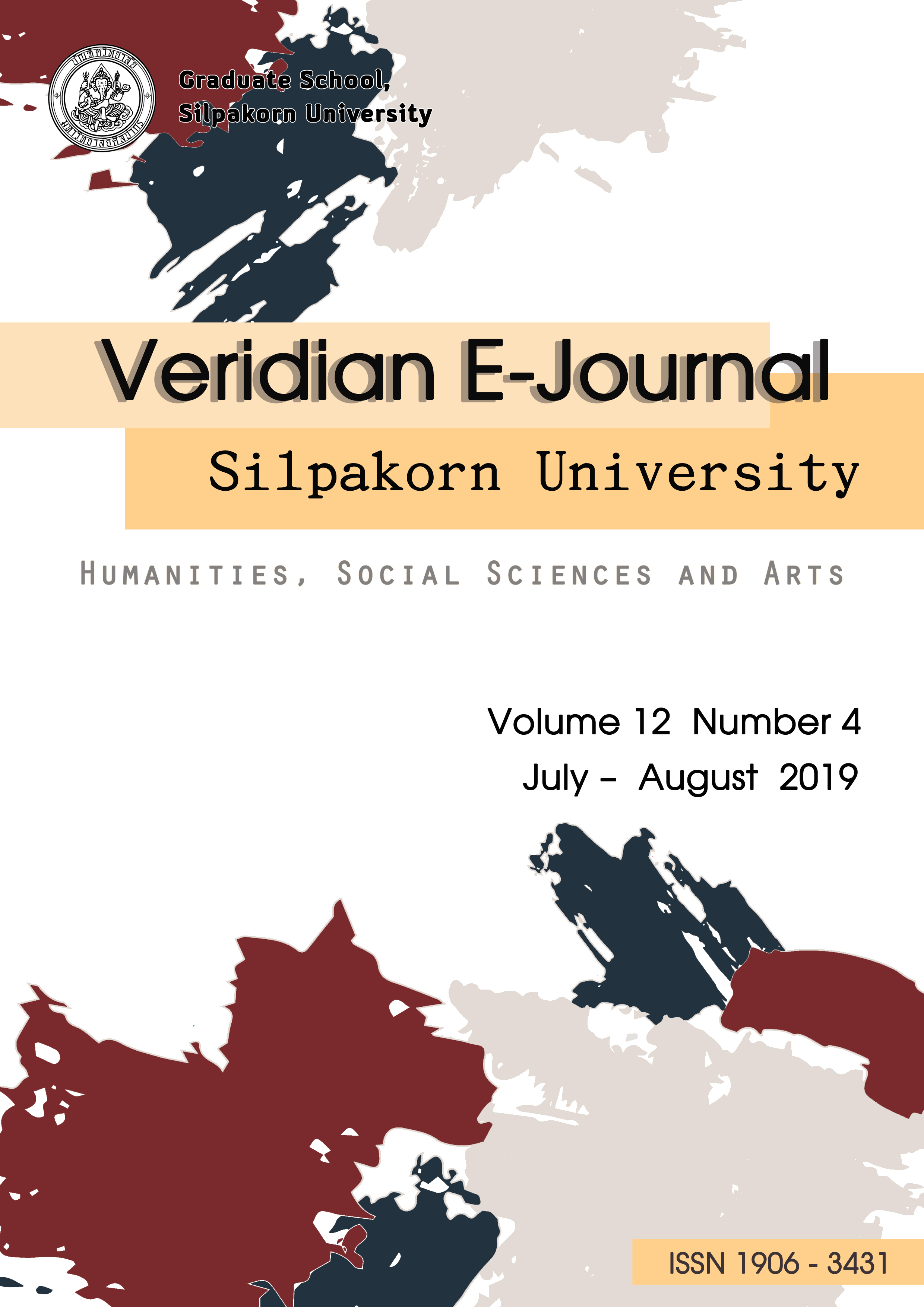Application of Textile Surface on Stimulative Toy
Main Article Content
บทคัดย่อ
This research is qualitative research, divided into two parts i.e. the research base and the practice base. It is the study of insight and practice, concurrently according to the objectives, which are 1. to study and analyze the local hand weaving material and handicraft technique in the North Eastern area, 2. to study preschooler development and learning behavior ability to create a proper set of toy for preschooler development, and 3. to apply a developed material and technique on a set of toy for the preschooler. The research base of the study is in accordance with the topics and theories related to the development and learning of preschoolers. Practice base of needlework practice is emphasizing on sensory perception to playing and learning, to help children develop their intellect and creativity. Development of production quality ,meets the standards of the research conceptual framework. The tools used in the research were participatory observation used in the community area to collect information and practice of the needlework, questionnaire used to collect information from the manufacturers in the production process and sensory surface created by needlework, non-Participant observation used to observe the preschooler play, and unstructured interviews used to query expert opinions on designed toys from the surfaces manufactured by needlework, including other useful suggestions for the research.
The results of the data collected were found that the process of creating the textile sensory surface can be summarized as follows: in term of fluffy texture, knitting crochet method has the maximum fluffiness, followed by sewing and weaving. For terms of production time, weaving takes less time, followed by knitting crochet and sewing which took longer time in production; in term of durability, the most durable content was produced with weaving technique, followed by knitting crochet and sewing, with least durability. From the observation behavior in play, it revealed that preschoolers interested in sensory surfaces in each surface were different. Their attentions were drawn on the surface that have more volume rather than the flat surface; sensory surface that is soft makes the children’s feel safer and the toy with sound stimulates children's attention very well. Combined with the experience and methods of play that can be applied to play in different ways, children can learn and play again even with the same toy.

